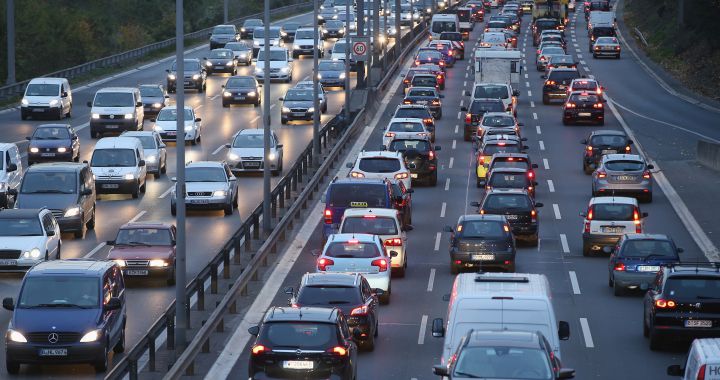2035. From this year, all new cars and vans marketed in the European Union will have to be zero emissions. This is the agreement reached by the European Parliament, to an extent that is part of the climate package fit for 55, with which it is planned to drastically reduce polluting emissions, the main causes of climate change.
The plan was not appreciated by all political groups. The measure received 340 votes for, 279 votes against – including those of the PP, Vox and PNV – and 21 abstentions. Among its arguments to oppose it, the EPP (European People’s Party) believes that it will “the most expensive cars” and the “loss of thousands of jobs”, which “will lead to the decline of European industry”.
Progress will be incremental. By 2030, it is planned to reduce the bloc’s polluting emissions by at least 55%. The horizon is 2050, when it aspires to reduce 100% of emissions of cars and vans. That year, the objective is that there are no more thermal cars on European roads.
It so happens that in Spain, last year, the Climate Change and Energy Transition Law was approved by Congress, which sets the date for stopping the sale of combustion cars and commercial vehicles ( also hybrids) in 2040. From now on, a period of negotiations opens so that the member countries of the union respect these directives. To encourage it, they will have a fund of 72 billion euros.
Lots of cars…too old
The challenge is huge. Not only because zero-emission cars continue to represent a small percentage compared to thermal cars, but above all because the current car fleet in many European countries, including Spain, is made up of old cars. More specifically, it is estimated that 64% of the cars in circulation are more than ten years old. The average age of the fleet is already over 13 years old.
According to data from Estamos Seguros, an initiative promoted by the association of insurers UNESPA, in Spain there are 24 million cars a large majority of which are diesel (14.9 million), well above those of gasoline (9 million). Those included in the ‘other engines’ category, the majority of which are hybrids – the sale of which will also be prohibited from 2035 – remain at 674,000.
The European Commission’s proposal includes other measures. they will be installed charging stations for electric cars every 60 kilometers, as well as hydrogen refueling points every 150 km on the main highways of the Union. In addition, a commitment was made to plant 3,000 million trees in European forests, to increase the percentage of clean energy produced from the total to 40% by 2030, to guarantee access to clean energy in airports and ports, limiting the consumption of fossil fuels in large ships or taxing the import of products according to the amount of CO2 they have emitted.
There is no going back. According to Ursula von der Leyen, President of the European Commission, “the economy of fossil fuels has reached its limits. We want to leave a healthy world, a good labor market and growth to the next generation.” Currently, transport is responsible for 20% of CO2 emissions in the European Union.

